In Metz (France), 2020 was the year of round figures: while the Centre Pompidou-Metz has just celebrated its tenth anniversary, the old Saint-Etienne cathedral has celebrated its eight hundredth anniversary. For this double occasion, a major exhibition dedicated to Marc Chagall – author of several of the cathedral’s stained-glass windows – should have opened its doors on November 21.
Unfortunately, the health crisis and the restrictions associated with it make this exhibition a sleeping beauty. Everything is ready: the artworks are hung, the cartels are in place, the catalog is printed and a vast program of events has been imagined… all that’s missing now is the public to come and enjoy these masterpieces. During a press visit I had the pleasure and the chance to discover the exhibition Chagall, The Emissary of Light, here is a glimpse of what awaits you as soon as the museums reopen.
Summary
Chagall, The Emissary of Light
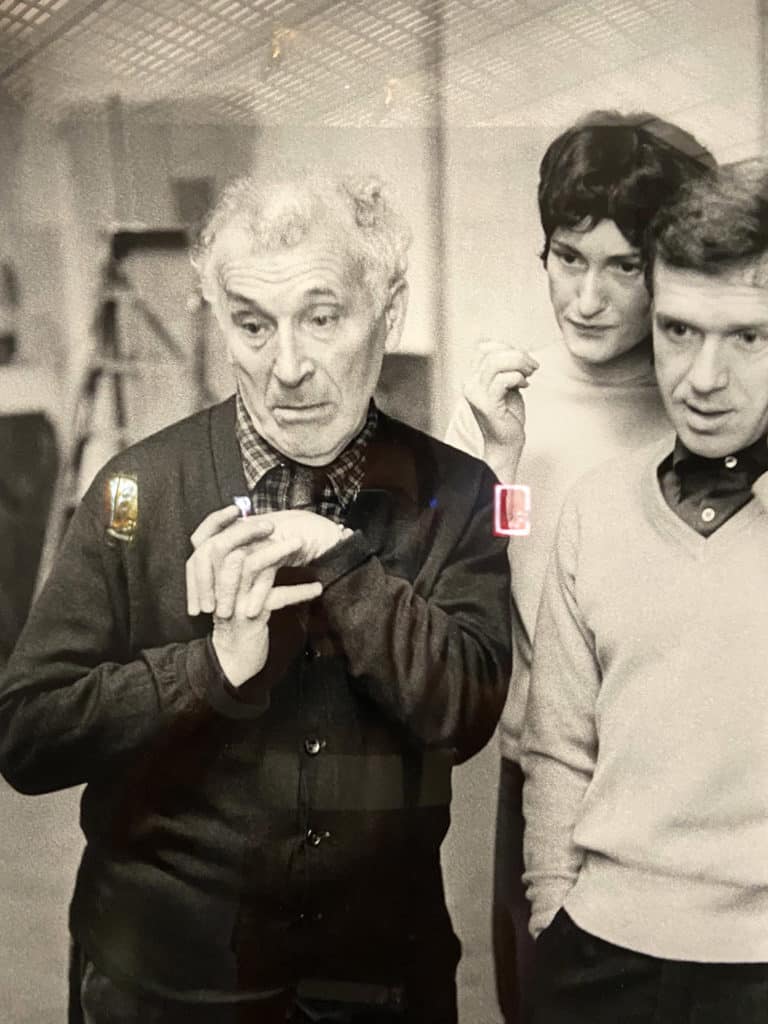
As the title of this exhibition suggests, the focus here is on Chagall’s work around stained glass. Between 1958 and 1984, Chagall produced stained glass windows for numerous buildings in France, but also in the United States, Israel, Switzerland and England. After the Second World War, in a context of reconstruction, many places of worship placed orders for stained glass windows, generating a revival in the art of stained glass.
For me, a stained glass window is a transparent separation between my heart and the heart of the world. Stained glass must be serious and passionate. It is something that elevates and exalts the soul. It is the perception of light that gives it life. – Marc Chagall
The exhibition allows us to discover the process of creating these stained glass windows through preparatory work (drawings and models) that can be compared to photographs of the final stained glass windows.
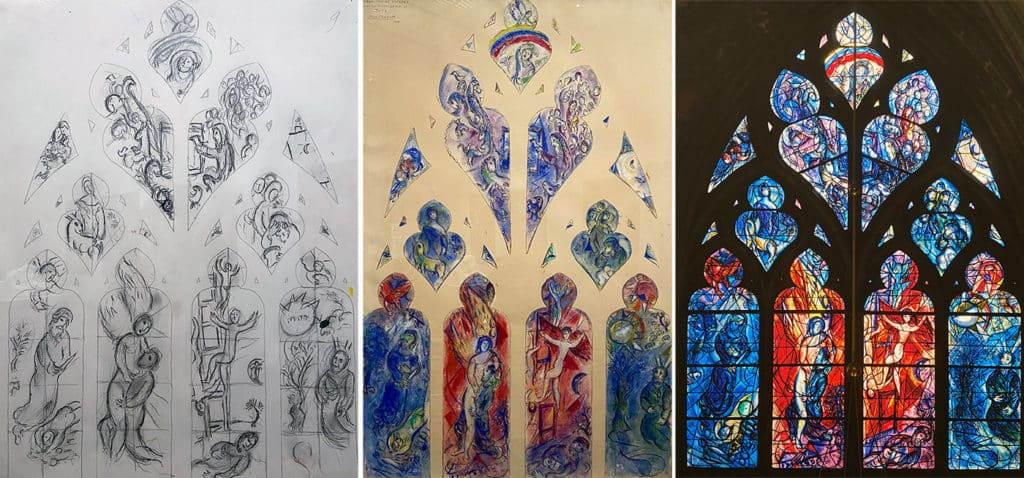
At the same time, paintings, sculptures and ceramics from partner museums and private collections provide a better understanding of the artist’s work. Through these stained glass windows, the relationship between Chagall and the Bible is also explored.
Chagall immerses himself in the Bible, which has captivated him since he was a child and which he sees as the greatest source of poetry of all time. Not as a pre-established dogma, but as a source to draw from and to dream from. – Elia Biezunski, curator of the exhibition

Marc Chagall, The Tribe of Levi, variant for the stained glass windows of the Hadassah Hospital Synagogue, Jerusalem, 1960-1962 
Marc Chagall, The Tribe of Naphtali, variant for the stained glass windows of the Hadassah Hospital Synagogue, Jerusalem, 1961-1962 
Marc Chagall, King David, 1951 
Samples of colored glass made for Chagall’s stained glass windows by the Saint-Just glassworks, between 1958 and 1984.
Chagall at Metz Cathedral
To complete this exhibition, a visit to Metz Cathedral is a must, all the more so as admission is of course free and it is already open since places of worship are not subject to health restrictions.
Saint-Etienne de Metz is the cathedral of France with the largest glass surface: 6,500 m² of stained glass windows make it one of the brightest in the world, earning it the nickname “lantern of the good Lord”. You will be able to admire the stained glass windows made by Chagall from the end of the 1950s.
The stained glass is exhilarating, it needs gravity, passion. It must live through the light perceived. – Marc Chagall
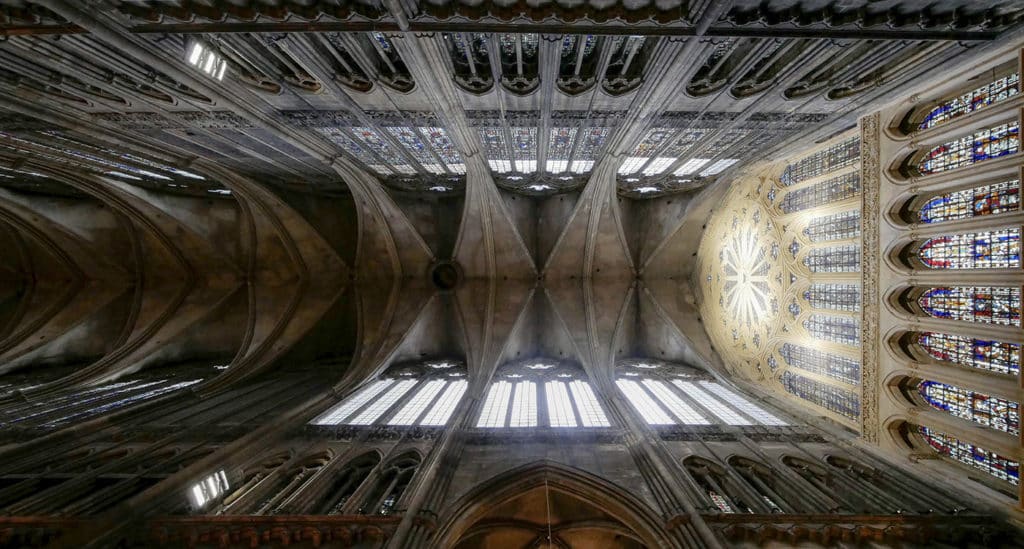
Waiting to see the exhibition…
While waiting to go to this exhibition, the very complete catalog, conceived as a reference work on the artist’s stained glass windows, is already available and is waiting for you in bookstores.
The Centre Pompidou-Metz also offers you a video preview of the exhibition:
Useful informations
Location:
Centre Pompidou-Metz
1 Parvis des Droits de l’Homme
57020 Metz (France)
Opening hours:
As soon as the museums reopen and until April 26, 2021
Every day, except Tuesday, from 10 am to 6 pm
Website:
https://www.centrepompidou-metz.fr/en/welcome
Admission:
From 7 to 12 € depending on the exhibition spaces open on the day of the visit.
Free for under 26s

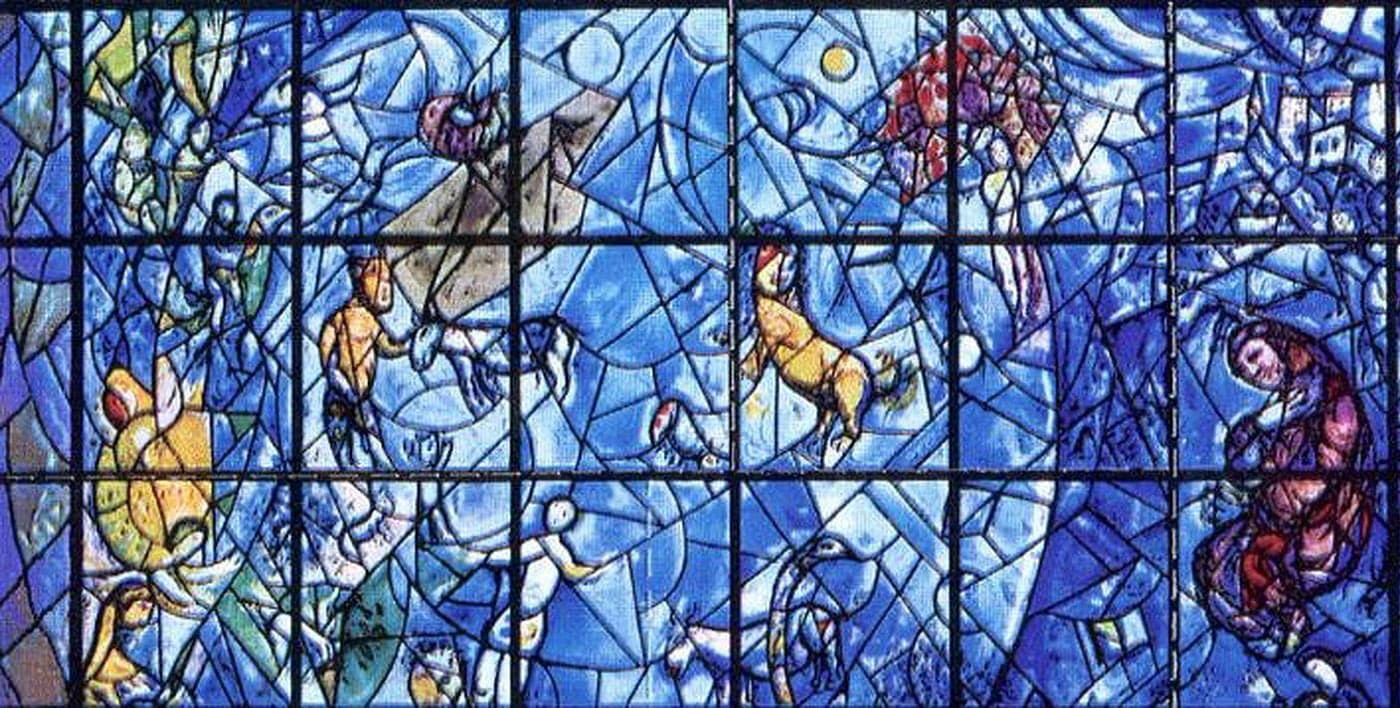

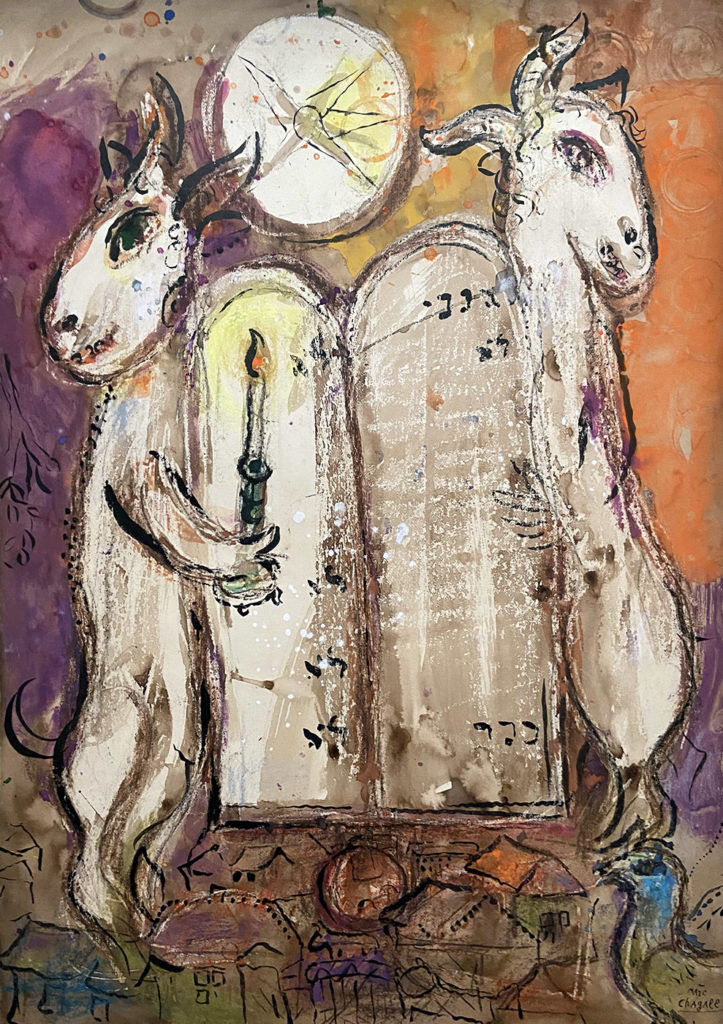
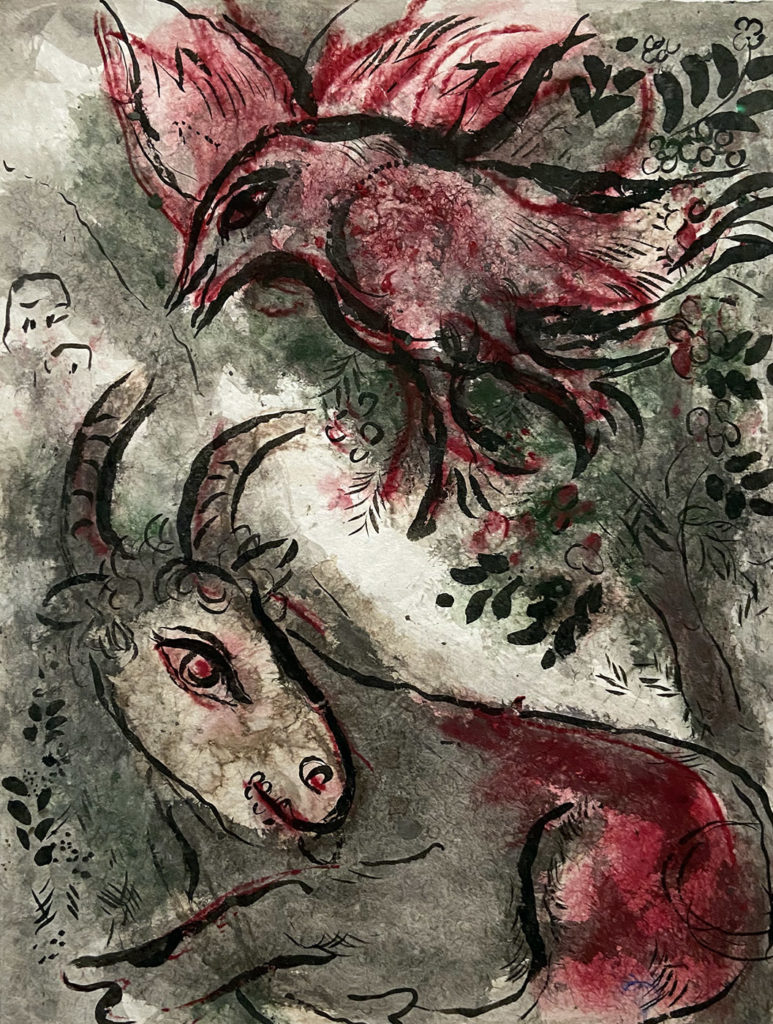
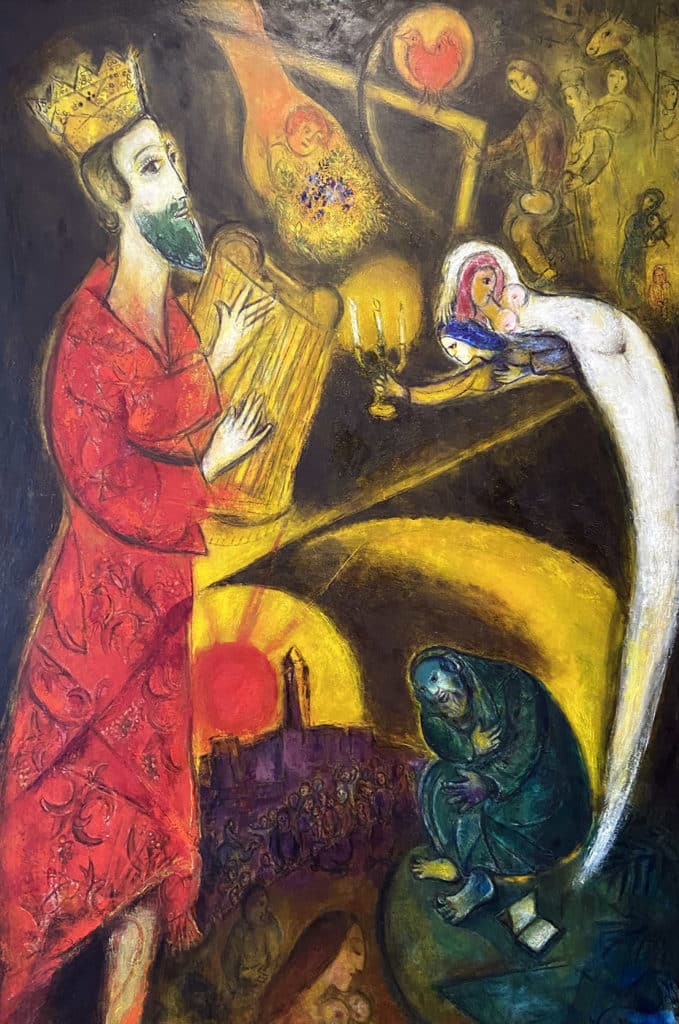


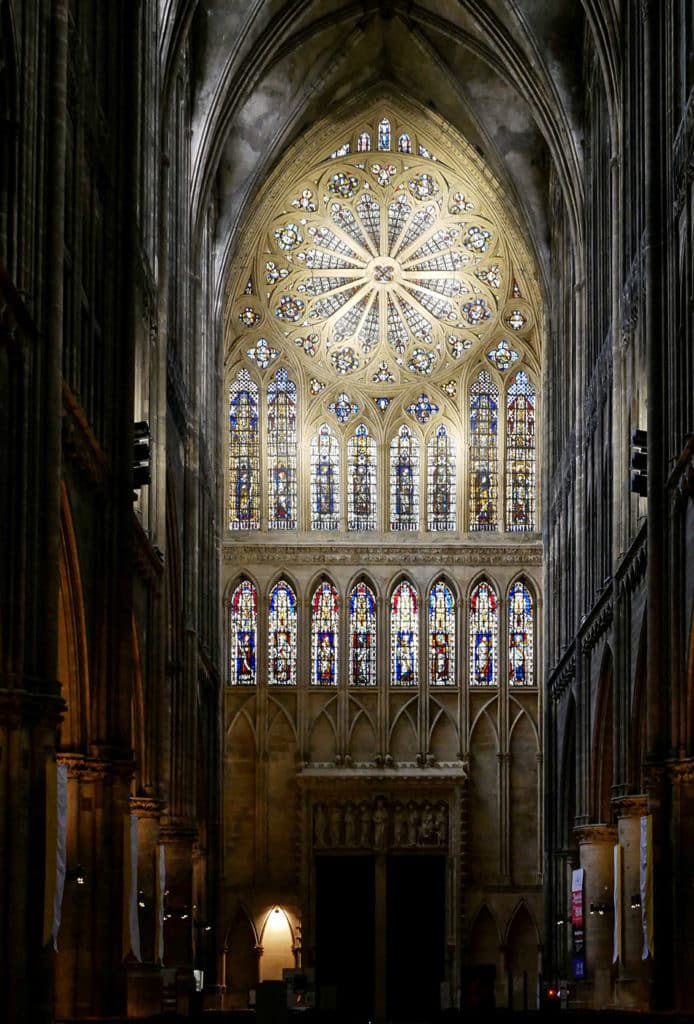

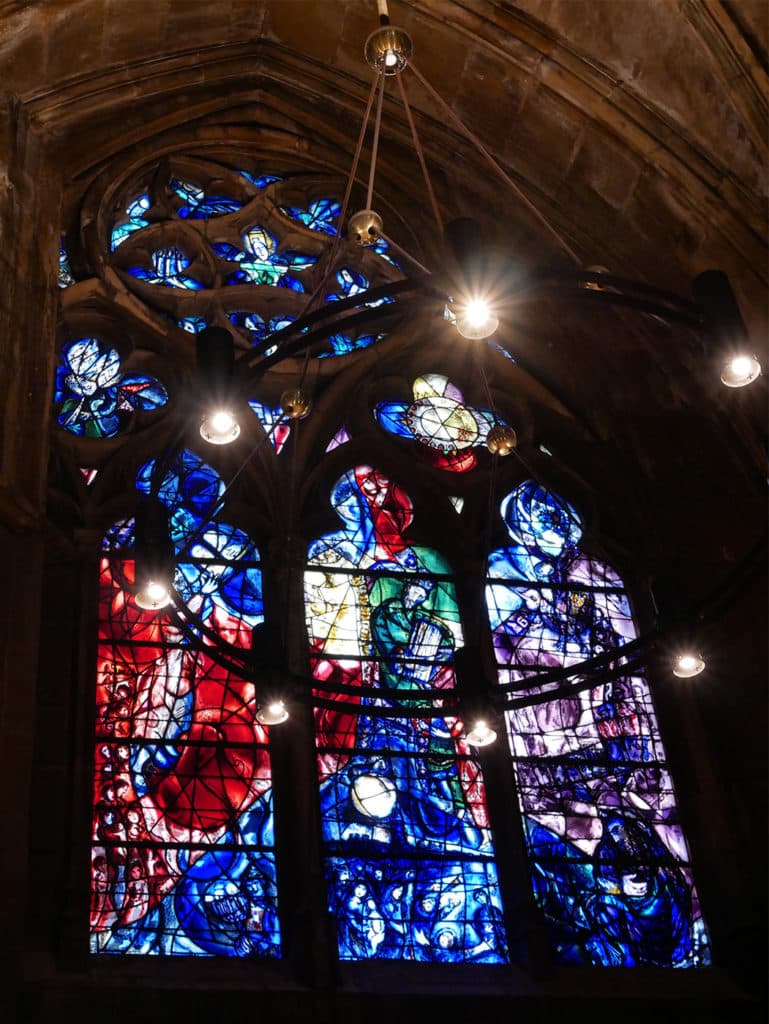

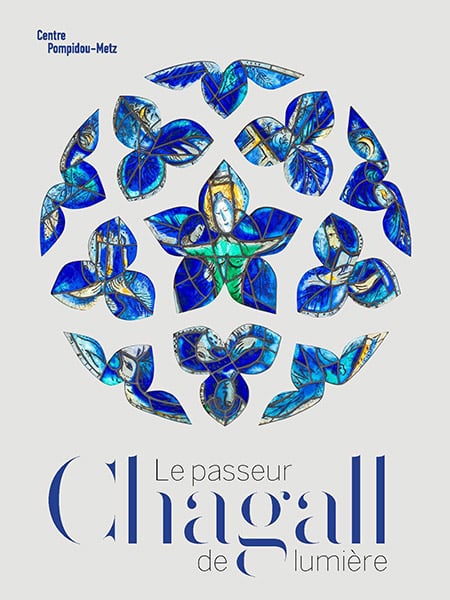


No Comments
Leave a comment Cancel